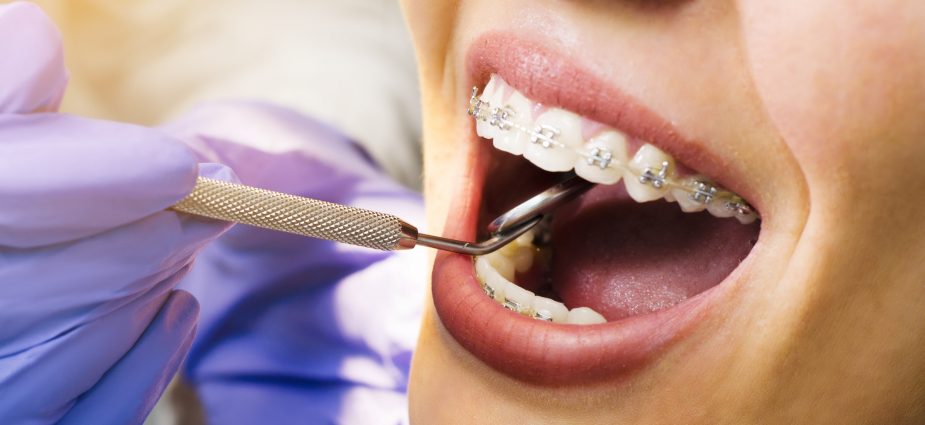Key Features Every Dental Website Should Have to Attract More Patients
In today’s digital age, having a robust online presence is crucial for any profession, and dentistry is no exception. Dental websites serve as a platform to showcase services, engage with current patients, and attract prospective ones. But what makes a dental website stand out from the rest? Several vital features must be incorporated to not only make your website aesthetically pleasing but also functional and user-friendly. From the design and content to the ability to book appointments online, these elements can significantly impact your website’s success. In this article, we’ll explore the top features every dental website should have to attract and retain more patients.
User-Friendly Design
A user-friendly design is a cornerstone of successful dental websites. It ensures that visitors can effortlessly navigate the site, find the information they’re seeking, and have a positive experience. Elements such as intuitive menus, clean layout, and easy-to-read fonts contribute to a user-friendly design. Additionally, a site that loads quickly is crucial because a slow site can deter potential patients. Keep in mind that the website is often the first point of contact between a dental practice and potential patients. Therefore, creating a favourable first impression through a user-friendly design is paramount. Also, a well-designed site can effectively communicate your brand’s message, contributing to your overall online presence.
Mobile Responsiveness
Mobile responsiveness is another feature pivotal to the success of dental websites. With the majority of people using their smartphones for internet browsing, a website that adjusts seamlessly to different screen sizes is essential. A mobile-friendly site provides a superior browsing experience, ensuring that text, images, and features remain accessible and legible on all devices. This responsiveness not only improves user experience but also boosts your site’s ranking in search engine results, thereby increasing visibility. Thus, mobile responsiveness is not just about aesthetics—it’s also a crucial aspect of expanding your patient base.
Engaging Content
Engaging content is the lifeblood of any website, including those in the dental sector. Informative, relevant material can captivate viewers, stimulate interest in your services, and foster trust. This might encompass blogs on oral health tips, detailed descriptions of your services, or informative videos. But remember, it’s not just about quantity. Quality matters too. The content should be well-written, easy to understand, and free from medical jargon. This way, your website becomes a go-to resource for both current and potential patients, enhancing their connection with your practice. Furthermore, engaging content can improve your site’s SEO, thereby increasing your visibility online.
Online Booking System
In today’s digital era, convenience is key. An online booking system on dental websites meets this need by allowing patients to schedule appointments at their leisure. This not only streamlines the booking process but also reduces the workload of administrative staff. The system should be simple, intuitive, and accessible, with clear options for choosing the appointment type, date, and time. Furthermore, automated reminders can enhance the patient experience and reduce no-shows. By offering an online booking system, you’re providing a service that respects your patients’ time and boosts their satisfaction.
Patient Testimonials
Patient testimonials have a significant impact on dental websites. They offer visitors a glimpse into the experiences of others, providing authentic, first-hand feedback about your services and team. Positive testimonials can build trust, encouraging potential patients to consider your practice over others. Providing a dedicated section for these testimonials on your website allows for easy access, reinforcing the positive image of your practice. Furthermore, consider incorporating a variety of testimonials, including written reviews and video testimonials, to add depth and diversity to your feedback. Remember, authenticity is critical. Genuine, heartfelt testimonials can resonate with potential patients, sowing seeds of trust.
Search Engine Optimisation (SEO)
Search Engine Optimisation (SEO) plays a vital role in increasing the visibility of dental websites on search engines. By integrating relevant keywords throughout your site, you can improve its ranking in search results, making it easier for potential patients to find your practice. It’s not only about using keywords, though. Other factors, such as site speed, mobile-friendliness, and quality content, also influence SEO. Therefore, a holistic SEO approach can enhance your online presence, drawing more traffic to your site, and ultimately, more patients to your practice.
Clear Contact Information
Clear contact information is paramount for dental websites. It should be easy for visitors to find how to get in touch with the practice, whether they prefer phone, email, or in-person visits. Display your contact details prominently on every page, ideally at the header or footer. Don’t forget to include your practice’s physical address, opening hours, and a link to Google Maps for easy navigation. Additionally, consider incorporating a contact form on your site for convenience. This transparency not only enhances the user experience but also establishes trust, encouraging potential patients to reach out and book their first appointment.
Any surgical or invasive procedure carries risks. Before proceeding you should seek a second opinion from an appropriately qualified health practitioner.

